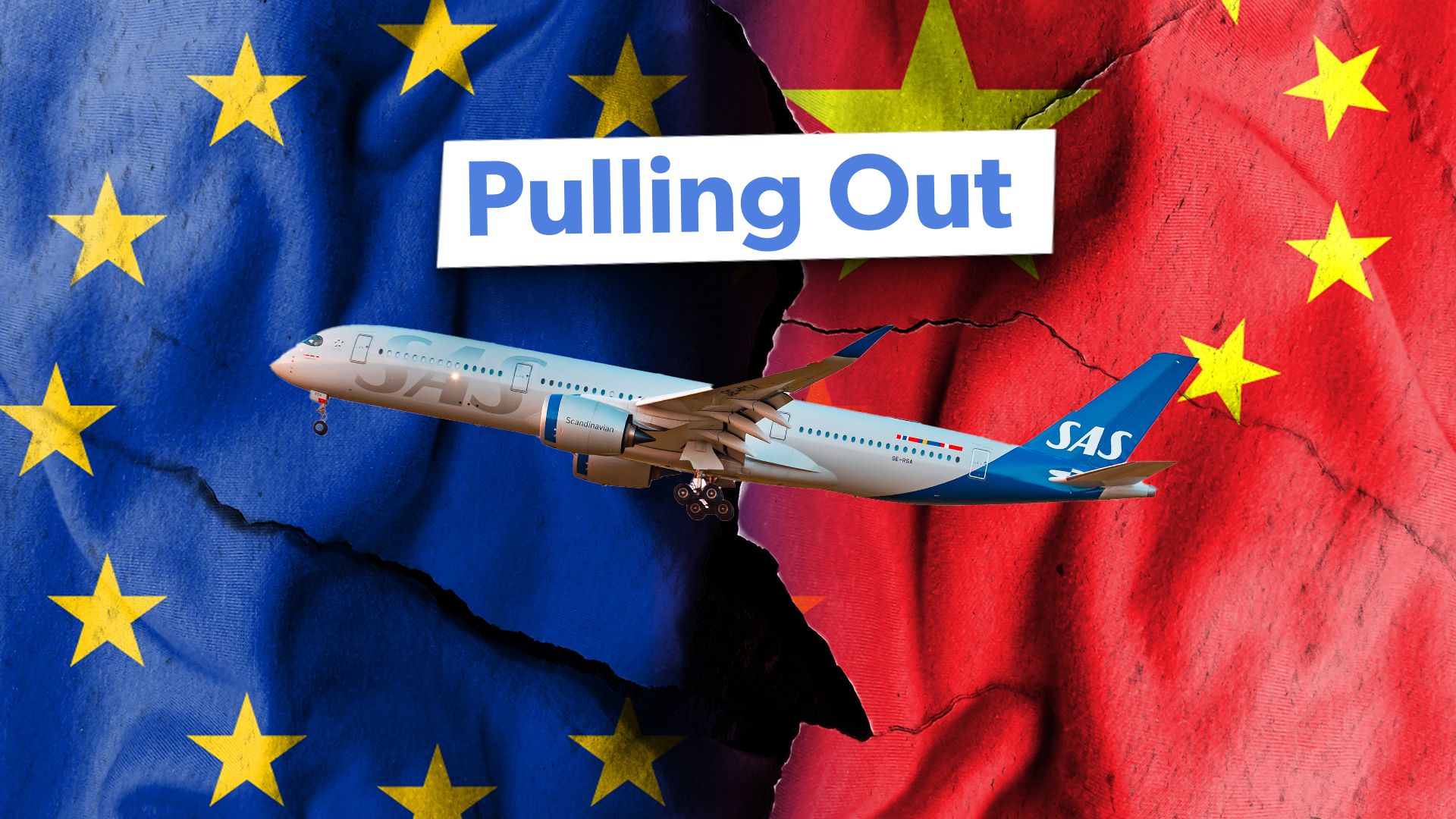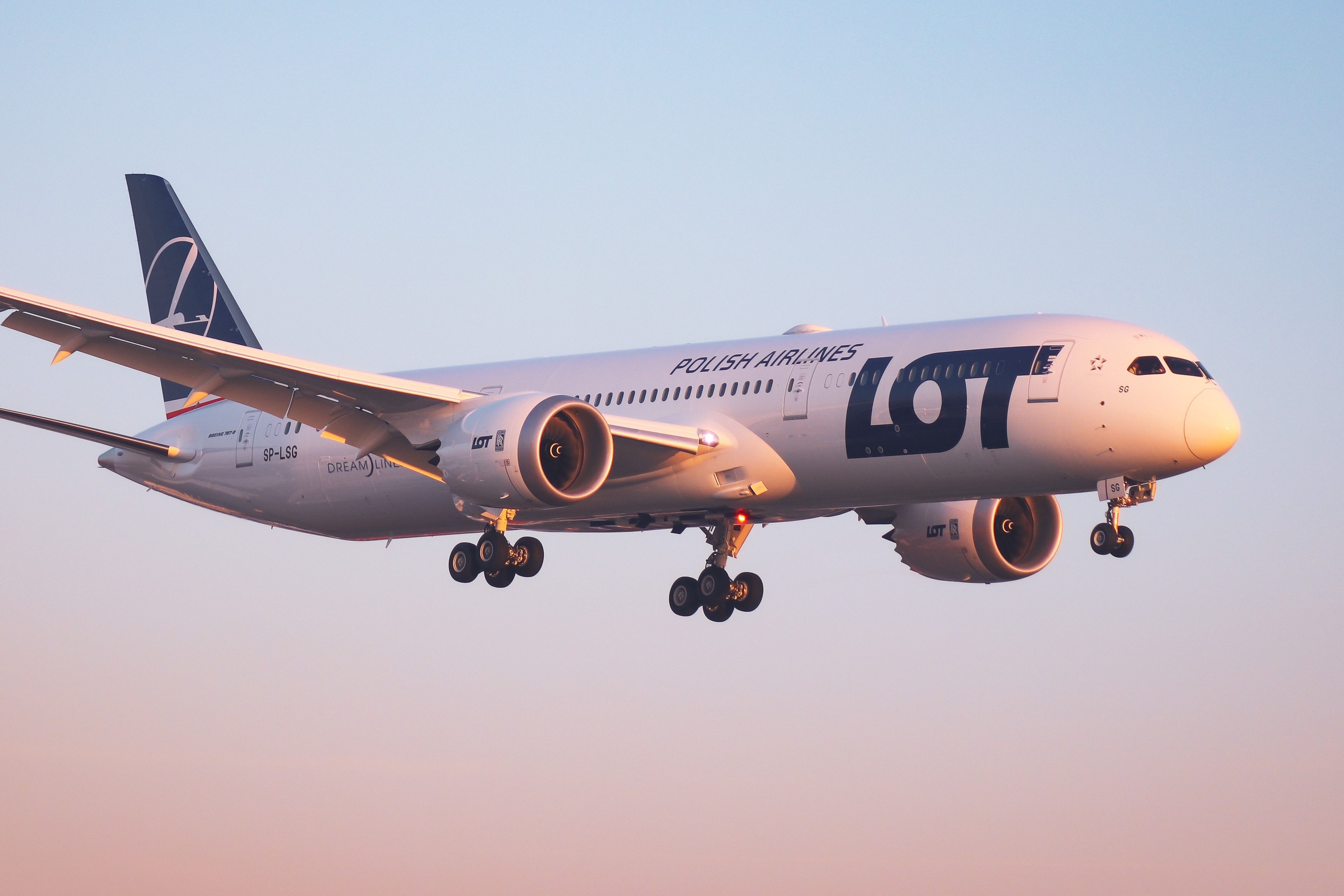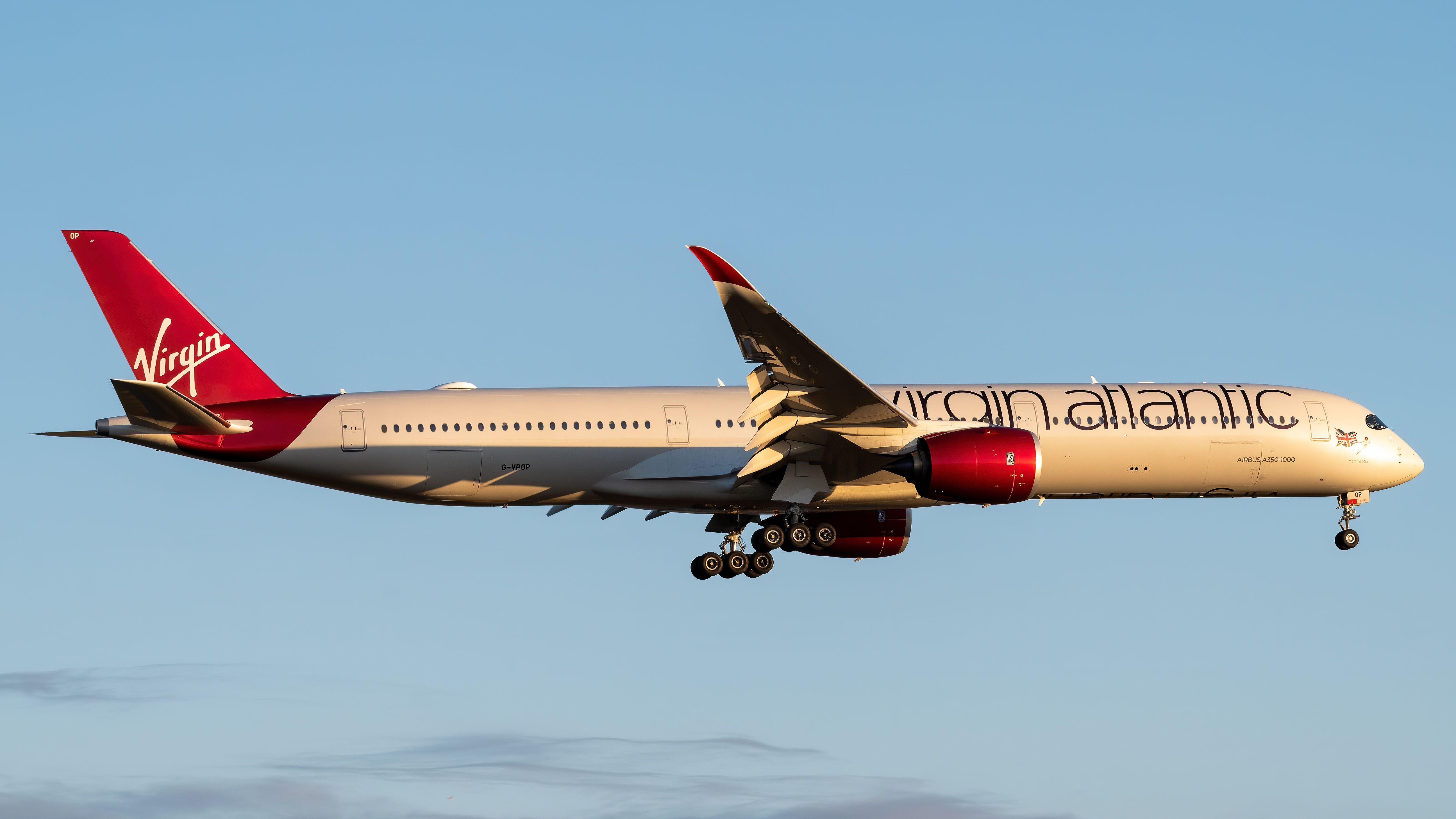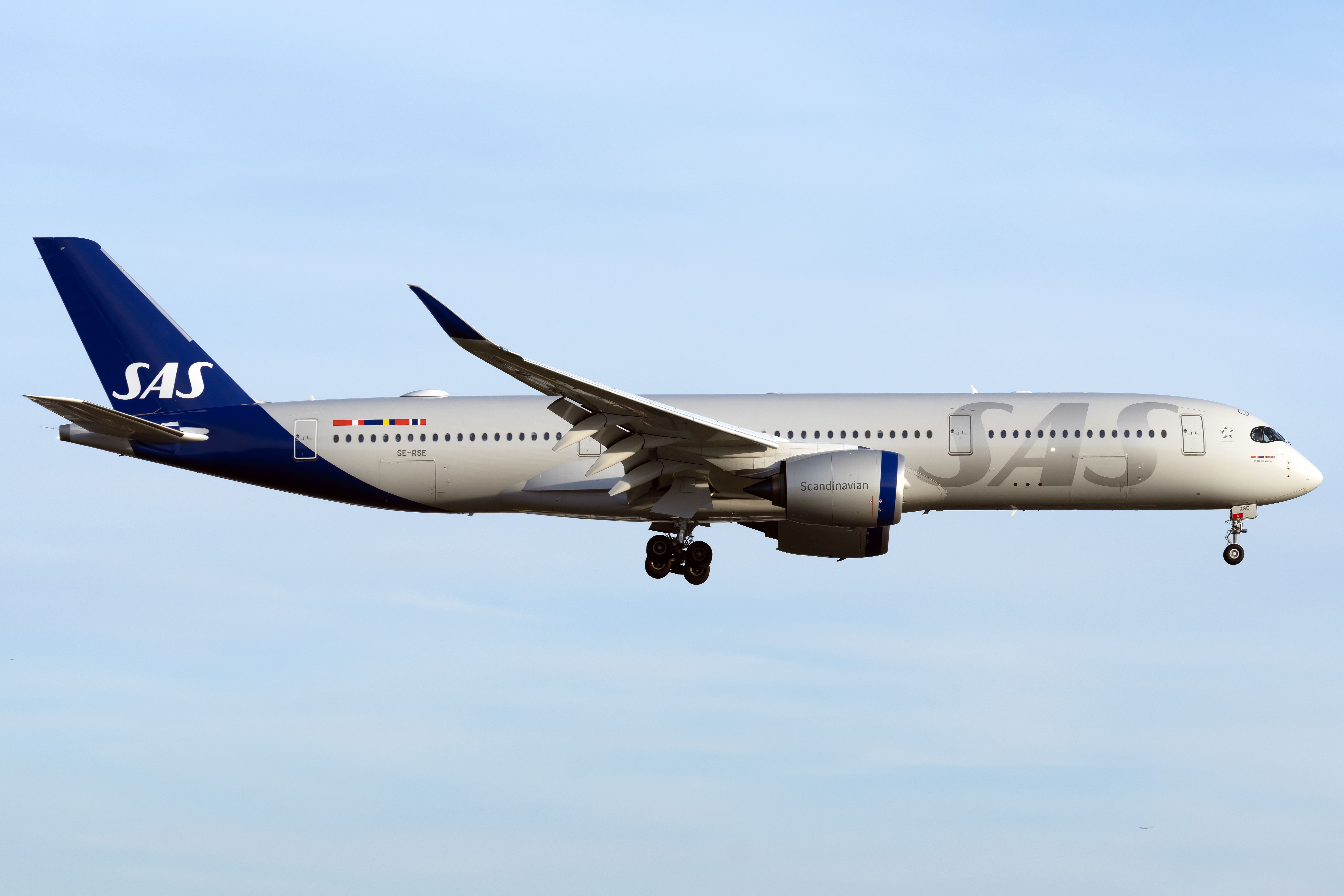In recent months, a growing number of European airlines have suspended their operations to China
. LOT Polish Airlines
is the most recent European airline to announce the suspension of its flights to China. Due to unsatisfactory sales performance, it will pause its Warsaw-Beijing Capital route during the winter-spring season. Additionally, competitors’ use of more direct and shorter routes has put LOT Polish Airlines at a competitive disadvantage.
October 24 will mark LOT’s last flight at Beijing Capital Airport. Before the pandemic, LOT operated at both Beijing Capital and Daxing airports, but after the pandemic, it only resumed three weekly Warsaw-Capital flights.
Photo: LOT Polish Airlines
The European airlines that announced the suspension of their China routes in the second half of this year are:
|
Virgin Atlantic |
London-Shanghai route |
October 26 |
|
British Airways |
London-Beijing route |
October 26 |
|
Lufthansa |
Beijing-Frankfurt route |
at the end of October |
|
Scandinavian Airlines |
Copenhagen-Shanghai route |
in November |
|
LOT Polish Airlines |
Warsaw-Beijing Capital route |
October 24 |
Once an attractive and rapidly expanding market, China now appears to be losing its appeal for some major European carriers. This shift raises questions about what went wrong and whether this is a temporary setback or a long-term trend.
Why are airlines suspending their China routes?
The reasons for suspending China routes among European airlines are similar across the board. A major factor is the impact of the ongoing Russia-Ukraine war, which has forced European airlines to avoid Russian airspace, resulting in longer flight times and higher operational costs. scandinavian airlines
, for example, cited the extended travel time and increased costs due to rerouting as key reasons for suspending their Copenhagen-Shanghai route in November.
Similarly, Virgin Atlantic
and ![]() British Airways
British Airways
have also highlighted the challenges posed by the airspace restrictions. Virgin Atlantic noted that rerouting flights from London to Shanghai around Russia adds up to two hours to the journey, significantly increasing fuel costs. On top of that, the airline has to deploy more flight crew, further driving up operational expenses.
Photo: Vincenzo Pace | Simple Flying
In addition to the complications caused by rerouting, the demand for these routes has not returned to pre-pandemic levels. The slow recovery of business travel, which was a key revenue driver for these airlines, has hit the profitability of long-haul routes, especially those to China. Despite keeping its Beijing-Munich route, Lufthansa’s suspension of its Beijing-Frankfurt service reflects this trend. The airline’s CEO pointed out that business travel between Europe and China has remained sluggish, contributing to temporarily suspending certain routes.
Competition from Chinese carriers has also been a significant factor. Since Chinese airlines are unaffected by Russian airspace restrictions, they can continue flying the shortest routes between China and Europe, offering lower prices and more competitive services. This puts European airlines at a distinct disadvantage, as they face higher costs and longer flight durations. Chinese carriers have also been quicker in restoring their international flight schedules post-pandemic, leading to a shift in market share. By the first half of this year, Chinese airlines were responsible for 72.2% of flights between China and Europe, compared to just 27.8% for foreign carriers.
|
Flight Duration and Cost Impact Due to Rerouting |
|||
|---|---|---|---|
|
Route |
Flight time |
Flight time (rerouted) |
Cost Increase (%) |
|
London – Shanghai |
11 hours |
13 hours |
20% longer |
|
Copenhagen – Shanghai |
10.5 hours |
12.5 hours |
25% longer |
The impact of changing market dynamics
The changes in the competitive landscape are not limited to the impact of the Ukraine conflict and airspace restrictions. European airlines are also dealing with capacity limitations. Many are grappling with delays in the delivery of new aircraft due to supply chain disruptions, while they are also facing staffing shortages as they rebuild their operations after the pandemic. With limited resources, airlines prioritize more profitable markets, such as transatlantic routes between Europe and North America, which have rebounded more quickly.
Scandinavian Airlines, for instance, decided to suspend its Shanghai route as it struggles with rising costs and fierce competition. However, the airline emphasized that the Chinese market remains important and that it will continue to monitor the situation to assess whether it can re-enter the market in the future. This sentiment was echoed by other carriers, such as Lufthansa, which is still operating routes from Germany to Shanghai and Hong Kong despite suspending its Beijing-Frankfurt service.
Photo: Vincenzo Pace | Simple Flying
Meanwhile, Chinese airlines are aggressively expanding their presence on China-Europe routes. Air China, China Eastern, and China Southern have all ramped up their services, filling the gaps left by European carriers. Chinese airlines are also benefiting from their fleet of widebody aircraft, which were initially intended for routes to the US but have been redirected to Europe due to the slow recovery of US-China routes. This has allowed Chinese airlines to increase their capacity on Europe-China routes, further intensifying competition with their European counterparts.
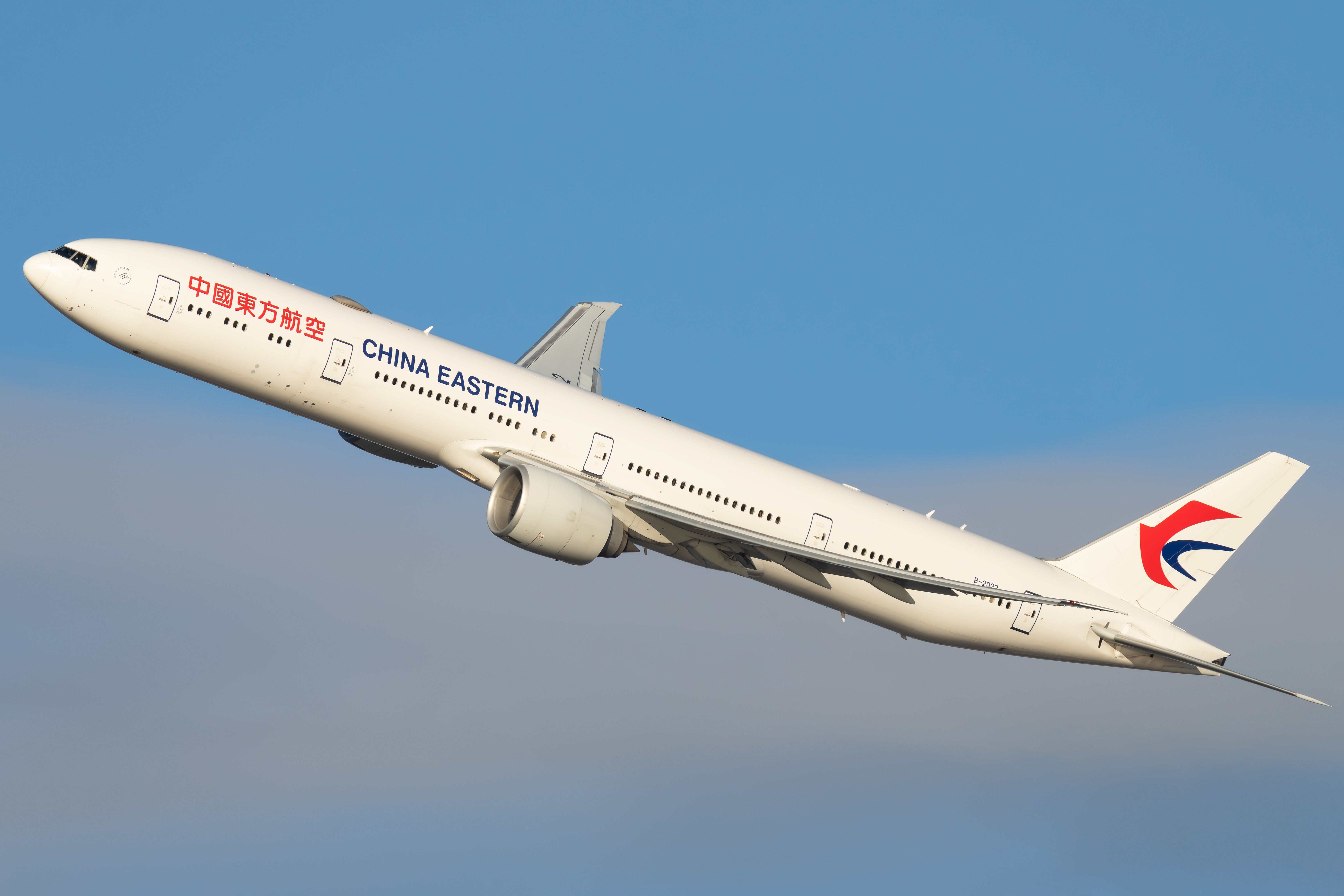
Related
China Eastern Boosts Shanghai To London Flights As European Airlines Drop Out Of China
Virgin Atlantic will completely exit China this winter, while British Airways is axing its Beijing route, leaving only Shanghai.
What lies ahead for China-Europe air travel?
While several European airlines are pulling out of China, not all hope is lost. Some European carriers are still looking for opportunities in the Chinese market. For example, Air Serbia
has recently launched a direct Belgrade-Guangzhou route and plans to open a direct Belgrade-Shanghai route in January 2025. Air Serbia is one of the few European airlines that can still fly over Russian airspace, giving it a significant competitive advantage in terms of flight time and cost savings. The airline is also exploring opportunities to shift its direct Tianjin route to Beijing, capitalizing on the strong political and economic ties between Serbia and China.
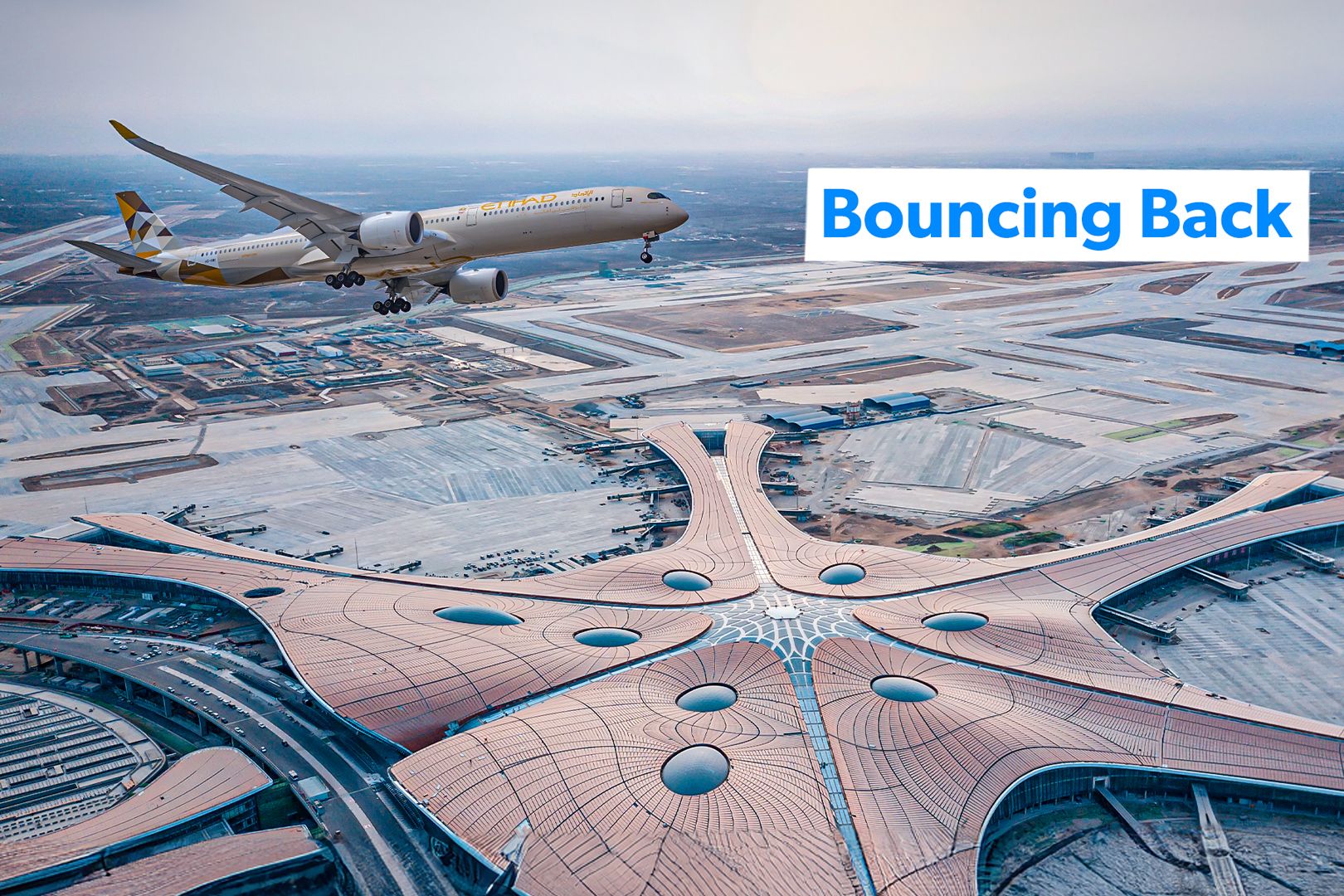
Related
Examined: How China’s Visa-Free Tourism Policy Is Driving Traffic From International Airlines
China’s 144-hour visa-free policy boosts tourism, benefiting Chinese airlines’ expansion while challenging foreign carriers amid competition.
For Chinese airlines, the exit of European competitors presents an opportunity to capture a larger share of the China-Europe market. Domestic carriers are increasingly catering to Chinese travelers and passengers from Asian countries like Japan and South Korea, who prefer to transit through China on their way to Europe. This trend is helping Chinese airlines further solidify their dominance in this important market.
However, there are concerns that the European Union may eventually push back against the growing influence of Chinese carriers. Some industry insiders worry that, just as the US imposed restrictions on Chinese airlines to maintain balance, the EU might introduce measures to limit the number of flights Chinese carriers can operate to Europe. Some European countries, like Austria and France, have already pushed for more reciprocal air rights agreements with China, which could complicate future expansions by Chinese airlines.

